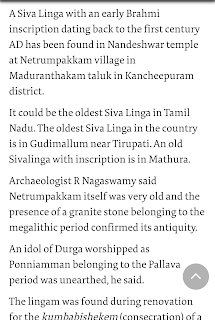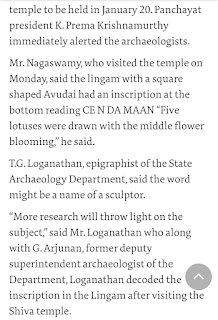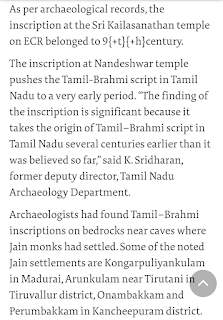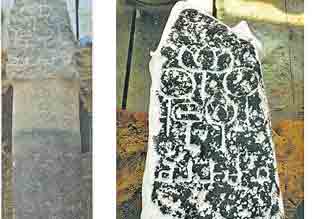The Reh Shivalinga and its inscription :- Ravichandran KP
The Inscription in this Shivalinga attests to the Shaivite tradition being prevalent in North India even in Pre Common Eras. The inscription has been published in depth as the linga is similar to the two plain Shivalingas found around Mathura archaeological sites, one at the Kankali Tila site and the other from Bhutesvara and both are dated to the 1st-century BCE. Given the distance of 350 kilometres (220 mi) between Mathura and Reh ( near Kausambhi) the discovery suggests that the Shaivite tradition was Pan-Gangetic. The Reh linga adds to the extensive Brahmanical imagery that has been discovered and attributed to the ancient Mathura school.


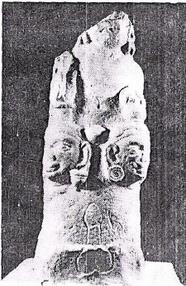

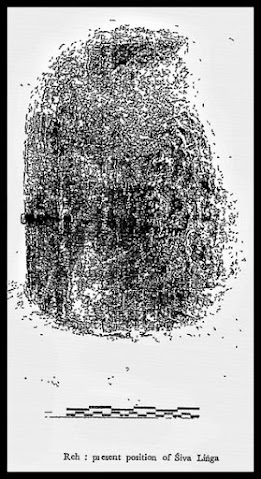


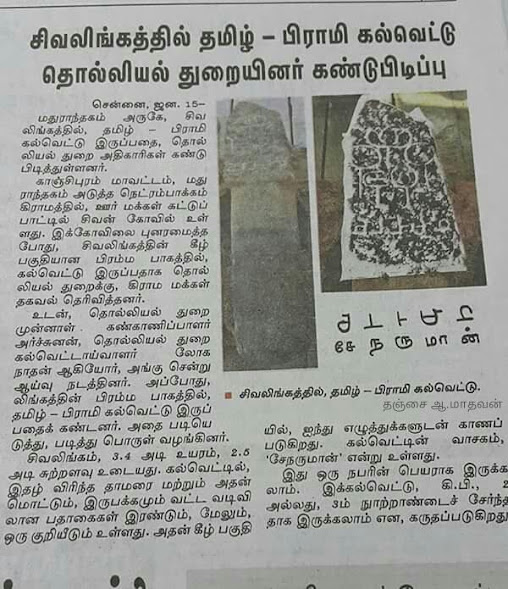
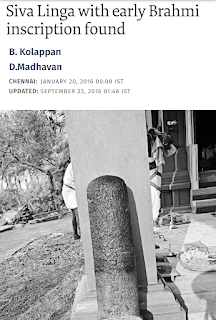
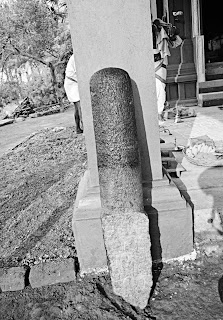
.jpeg)
